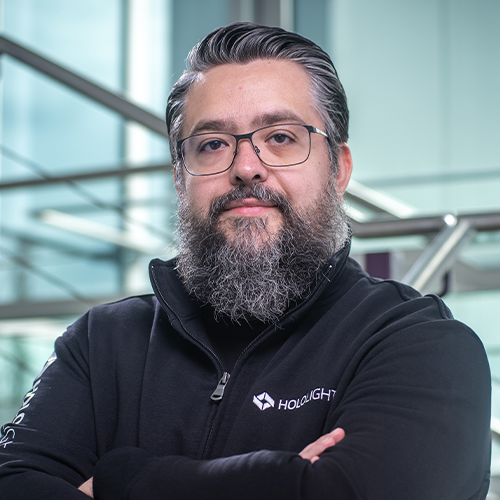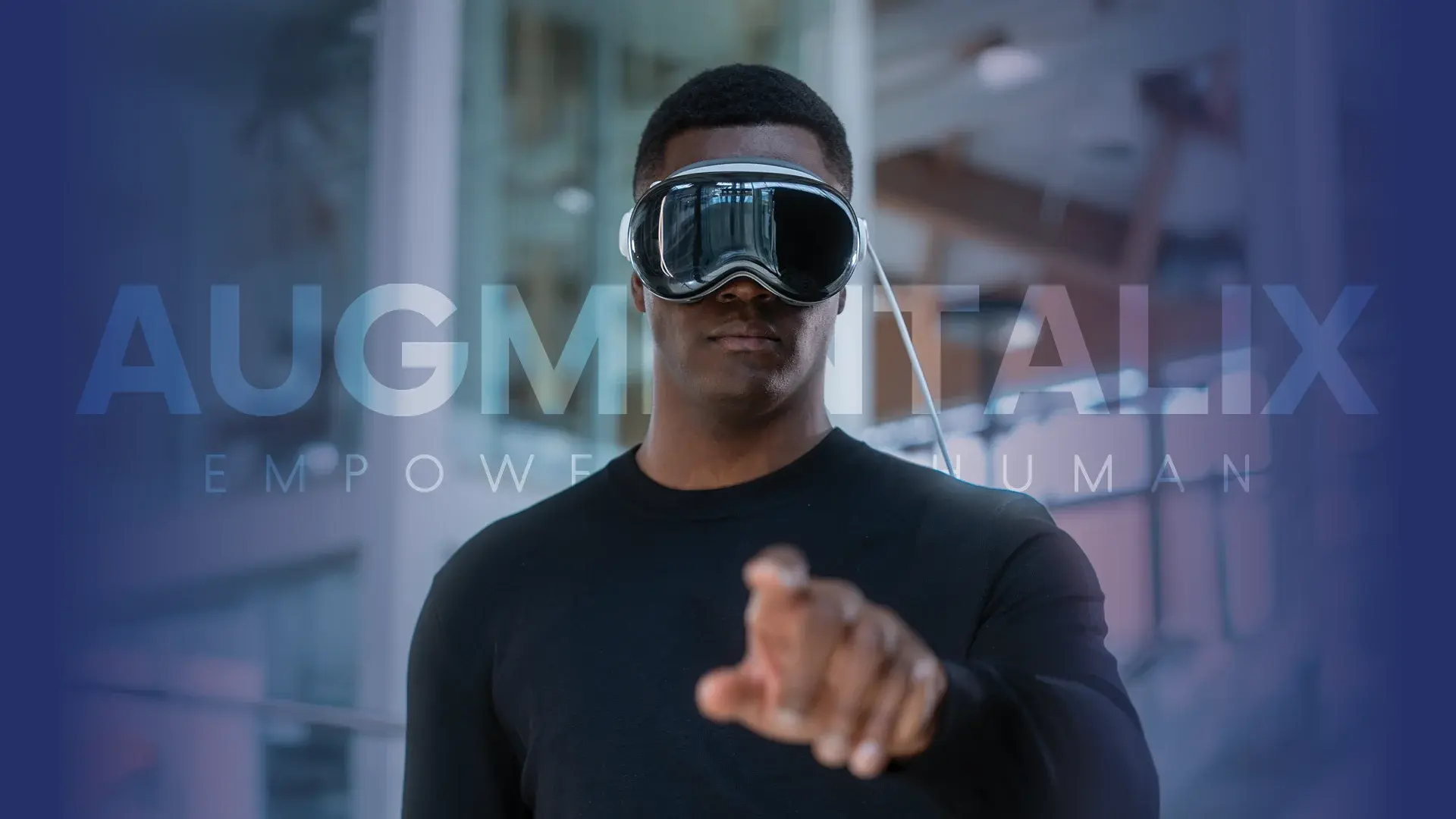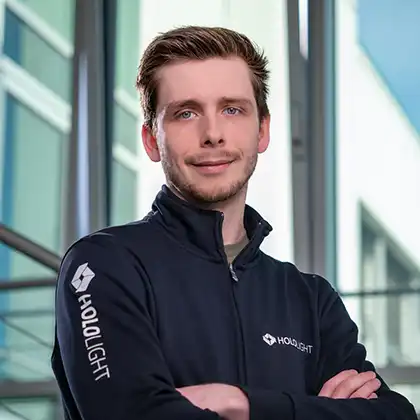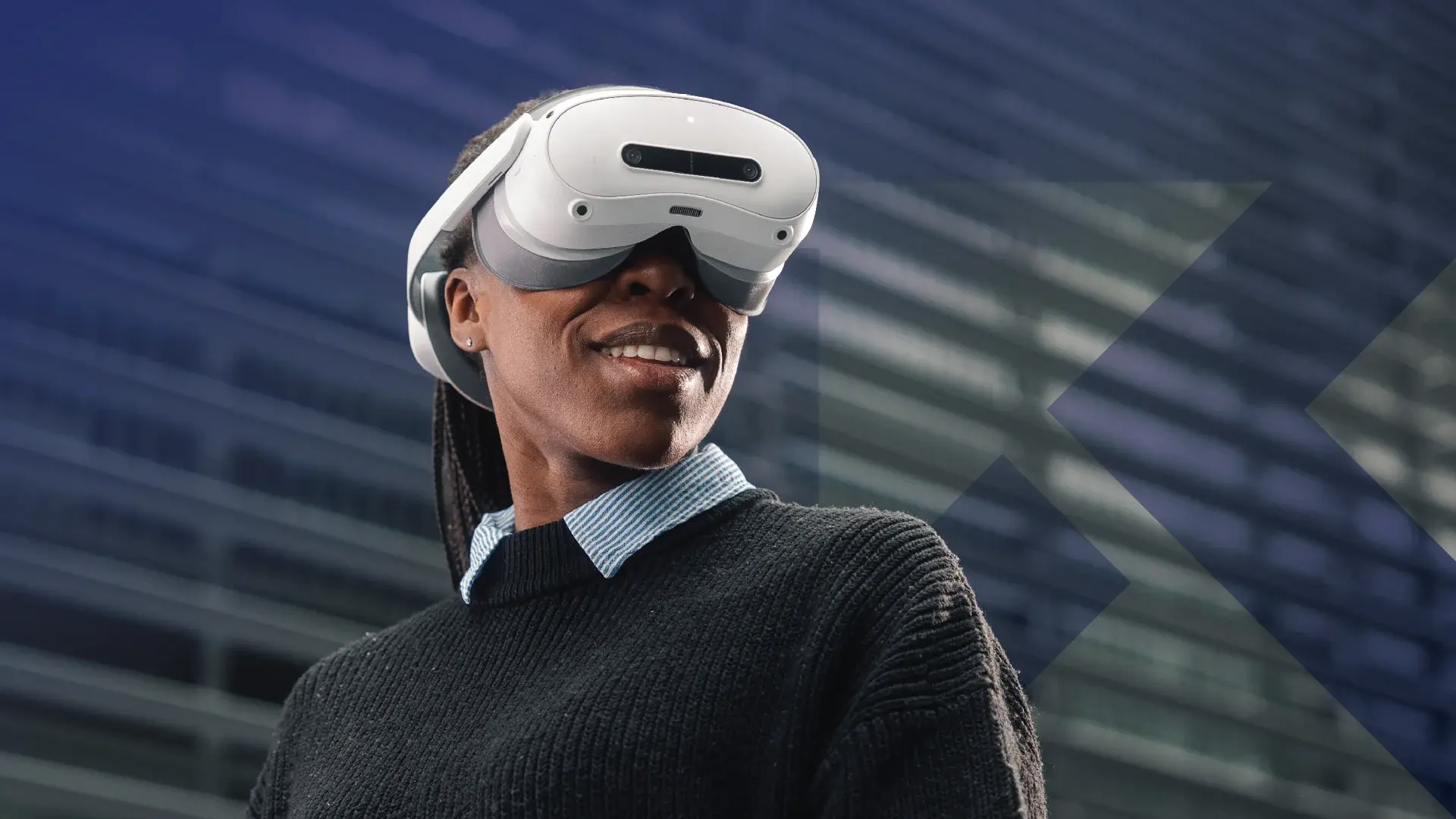Augmented reality (AR), which unlike virtual reality (VR) embeds virtual content in a real environment, is a valuable tool for design workflows. Engineers can visualize and collaboratively work on 3D CAD data in their surroundings. In this short interview Florian Haspinger, CEO of Hololight answers 3 of the most burning questions about AR and Engineering, which we’ve been asked time and time again.

What are the advantages of AR software over traditional CAD software?
Florian Haspinger: With augmented reality engineers have a better spatial understanding of components. Design faults in complex CAD models can be detected earlier since internal structures are easier to examine in augmented reality. For example, an engineer could create a sectional view in real-time via cutting plane: so, he is able to review his prototype properly without having to build a physical one. Since faster concept evaluations lead to a faster time-to-market, augmented reality is also very interesting from a business perspective. Here, we received feedback from our customers that they could ship products up to 20% earlier. Another advantage of our Hololight Space over traditional CAD software is the possibility to visualize and manipulate planned assemblies or pipelines directly at their intended destination. Using the digital twin, it is thus possible to quickly determine whether planning and reality are compatible or whether changes are still required in the project. Last but not least, the possibility of working together on CAD models regardless of location brings together different stakeholders: as a result, collaboration becomes better, and business trips decrease.
In the automotive industry, augmented reality is already known and used profitably. But is it also worthwhile for small companies?
Florian Haspinger: If you look at our current customer base, you might get the feeling that AR is perhaps only worthwile for the large corporations of this word. Big players are usually the early adopters, they often have an innovation department equipped with a certain budget that can try out new technologies. But we also have small to midsize companies that benefit from our solution. For example, Tipteh, a machine builder and system integrator from Belgrade with about 90 employees could significantly cut down on costs for business trips as they were able to share designs with customers virtually. Also, the entry hurdle to AR and VR is relatively low: In the end, aspiring AR adopters need to invest in Smart Glasses (Microsoft’s HoloLens 2, for example, currently costs about 3,500 Euros) and our software application on a license basis (Hololight Space is purchased per year). With the infrastructure that they might already have themselves (computer, WLAN, etc.), it is a manageable investment, which amortizes rather quickly.
How do you introduce engineers – your customers – to the AR system? How long does such a training take?
Florian Haspinger: It varies greatly. It can go from fifteen minutes to 1-2 hours, depending on how tech-savvy the engineer is. The application and the technology itself are built as intuitively as possible within that framework. We offer workshops and tutorials; you can find videos on our support site as well as tutorials on Youtube. If a customer buys multiple licenses, then we offer then a workshop and show the whole system: like how to connect, explain the individual features and how to use them. We do that in a multiuser session. Several people can join in and the guide takes them through all the function with a hands-on learning approach.
Further Information:

Augmentalix Joins Hololight as Official Reseller for the French Market
Ismaning, Germany – October 14, 2025–Hololight, the leading specialist in XR streaming technology and AR/VR software for the enterprise market,...

How can I visualize VR/AR content directly from Autodesk VRED?
One Click to High-End VR/AR Design - The Future of Immersive Design
 Sandro Sailer
Sandro Sailer
